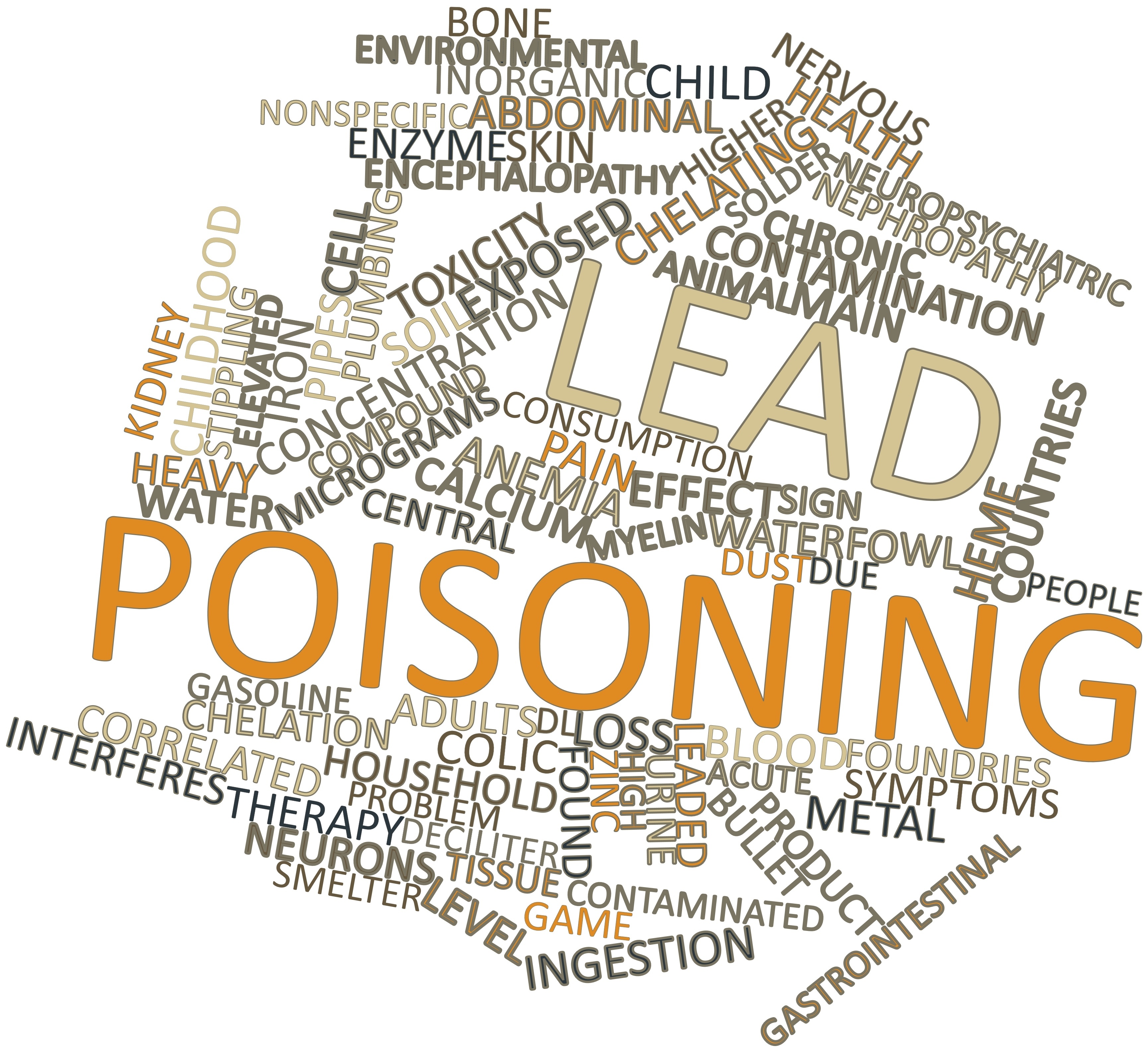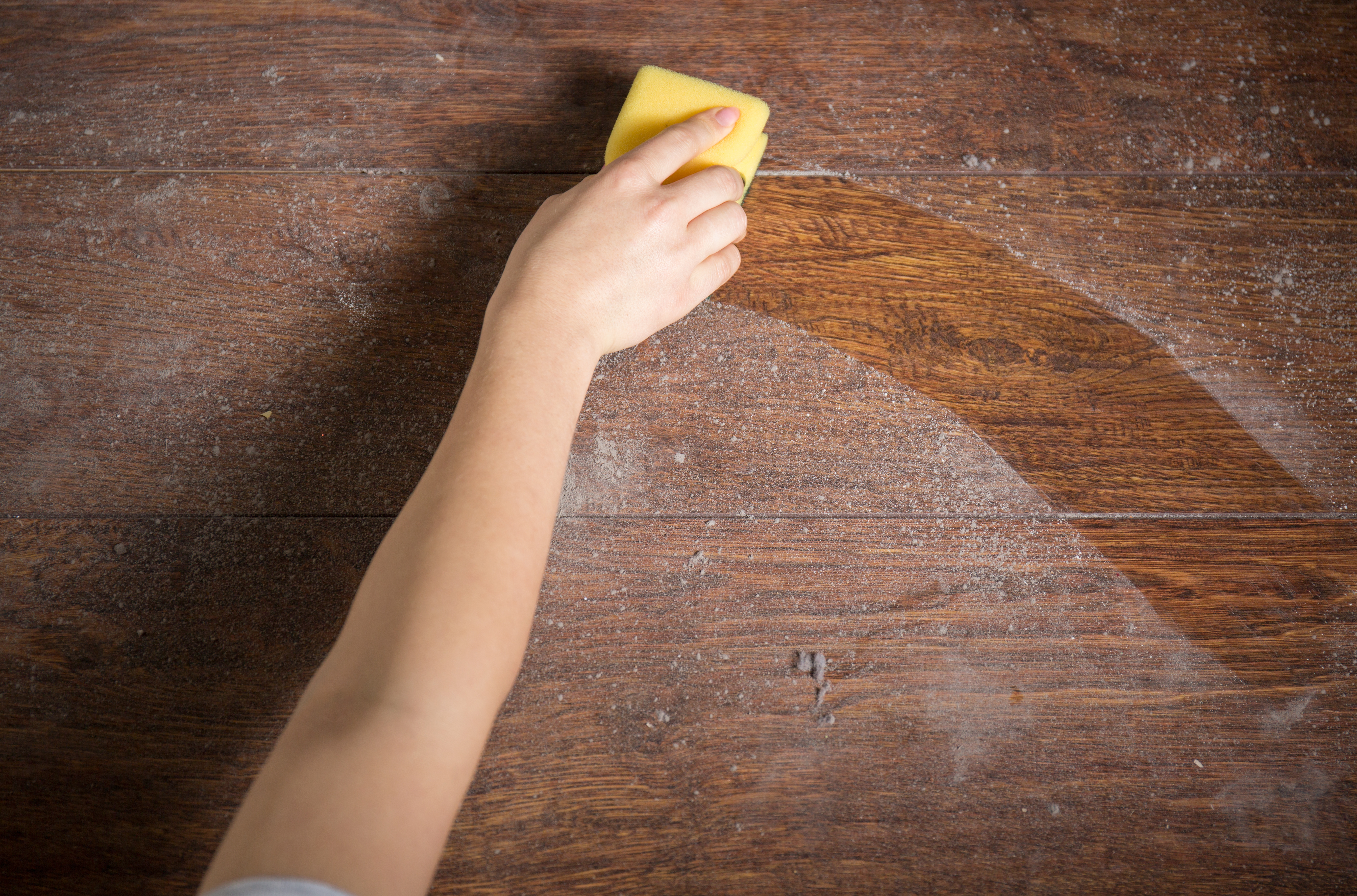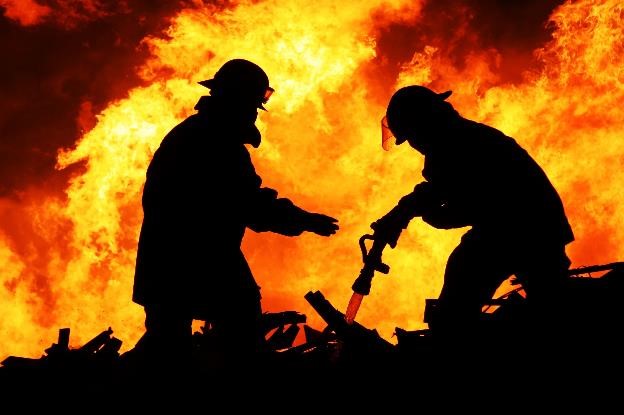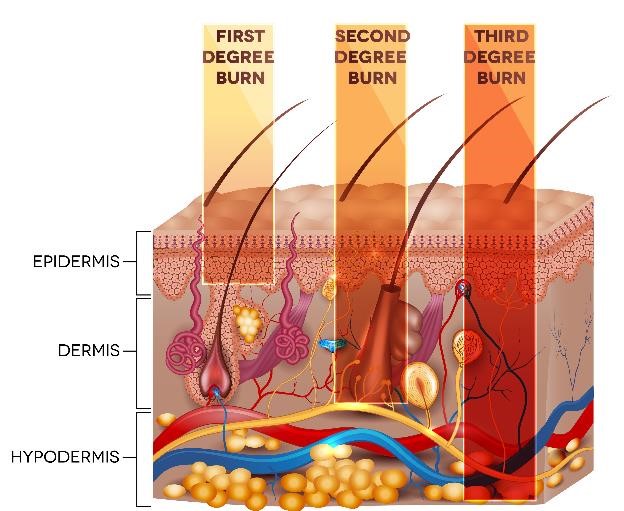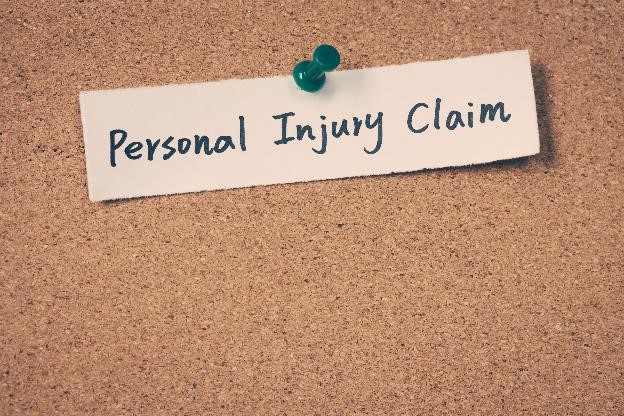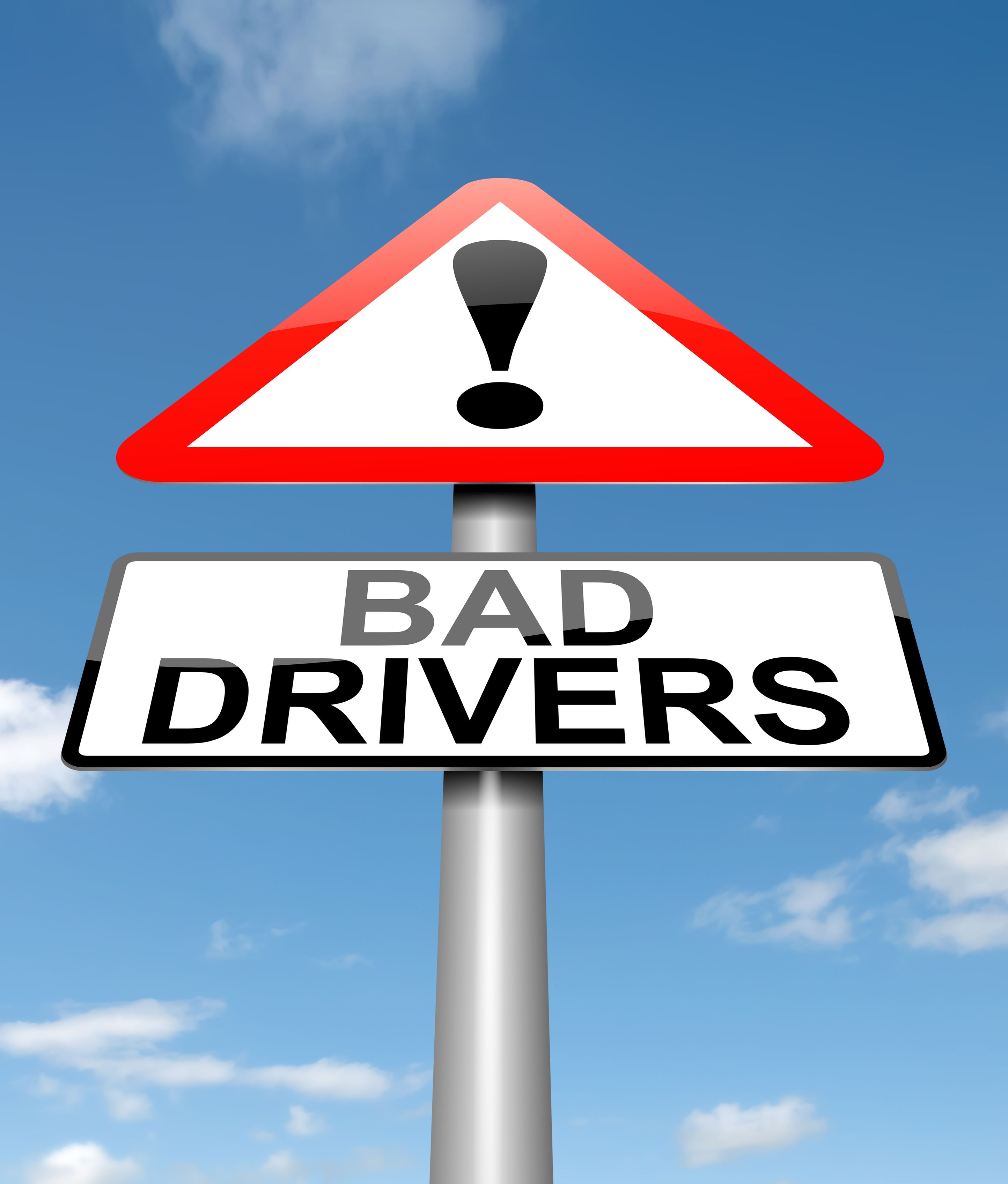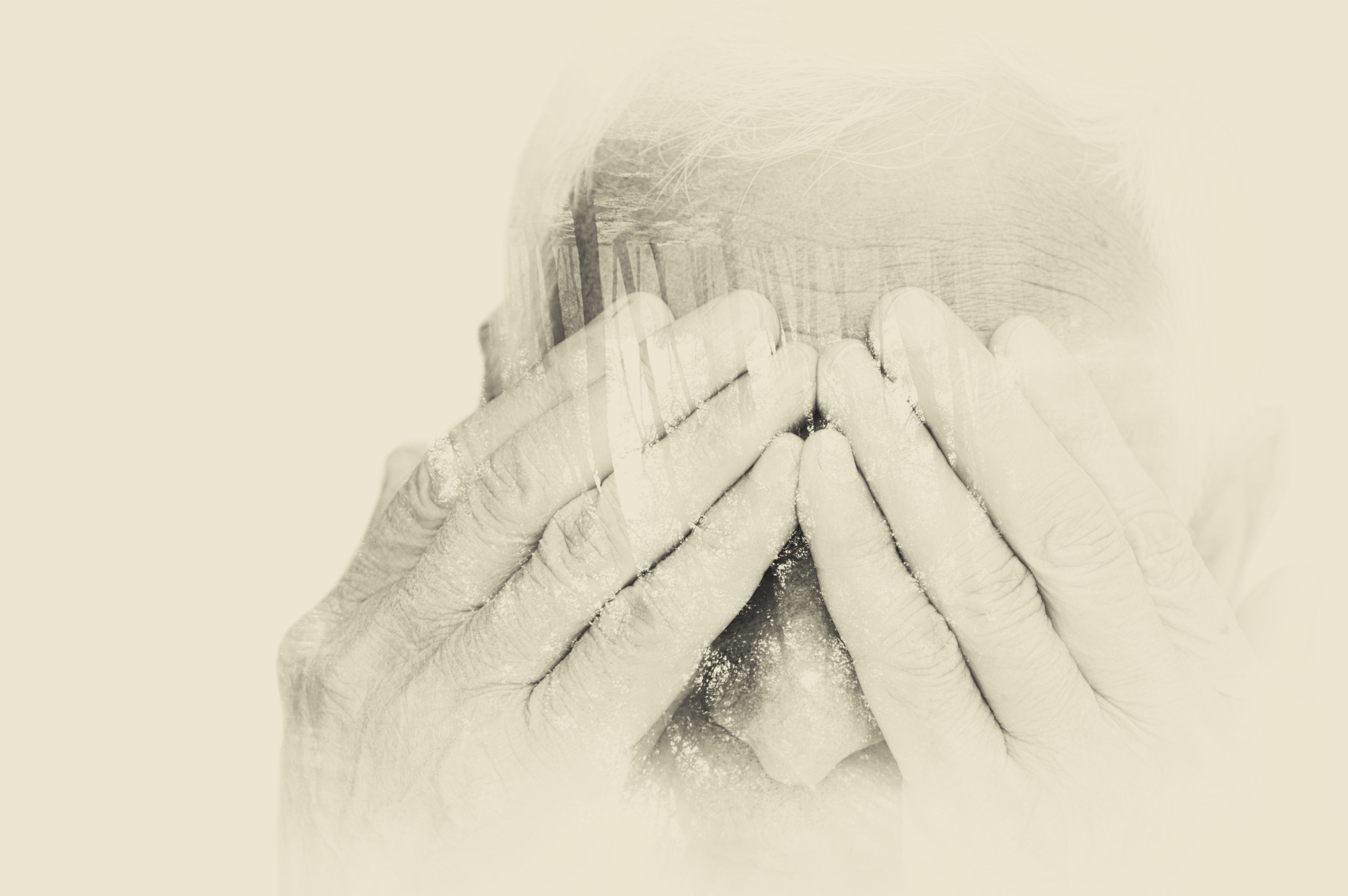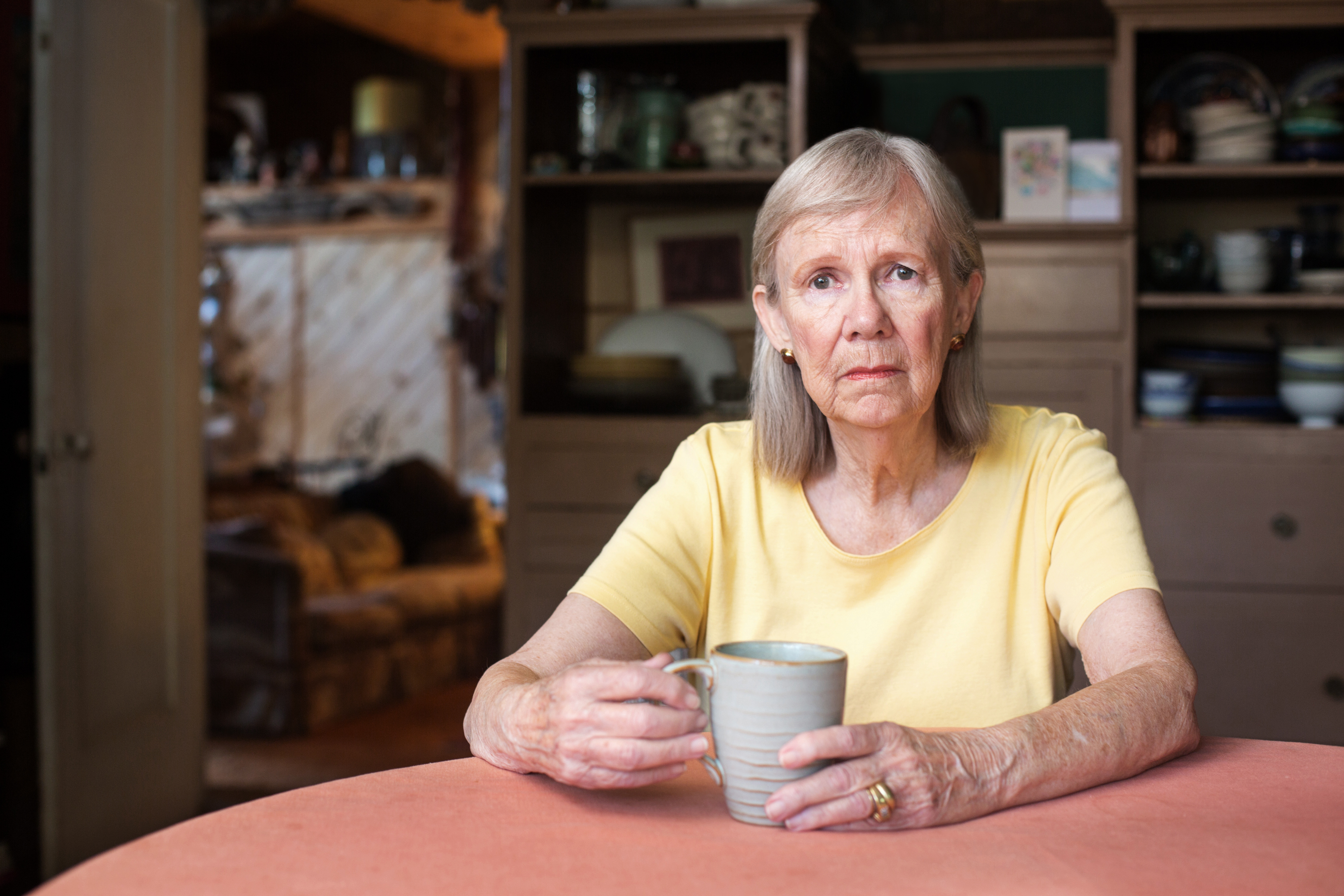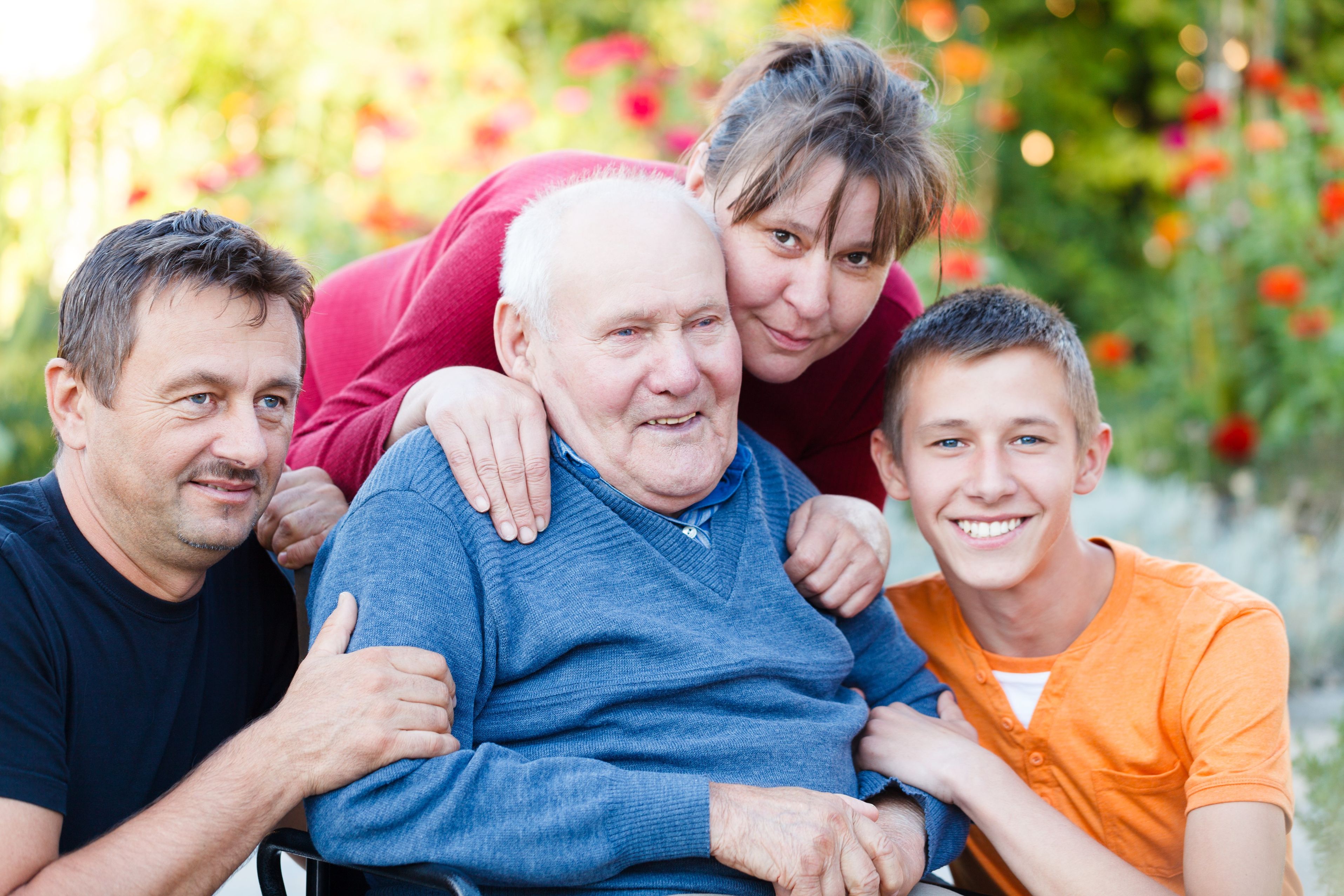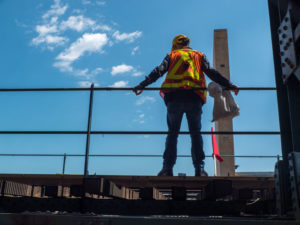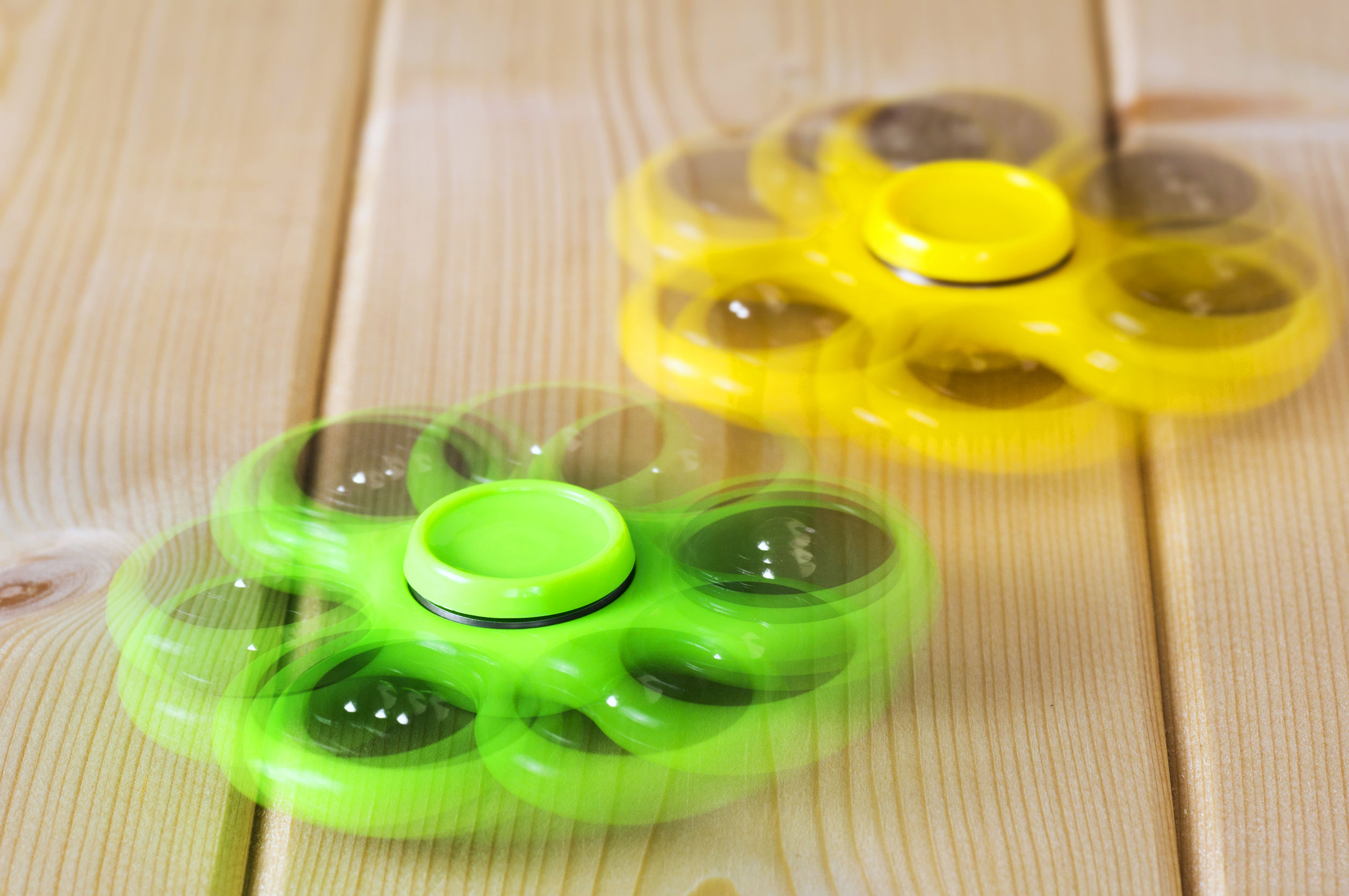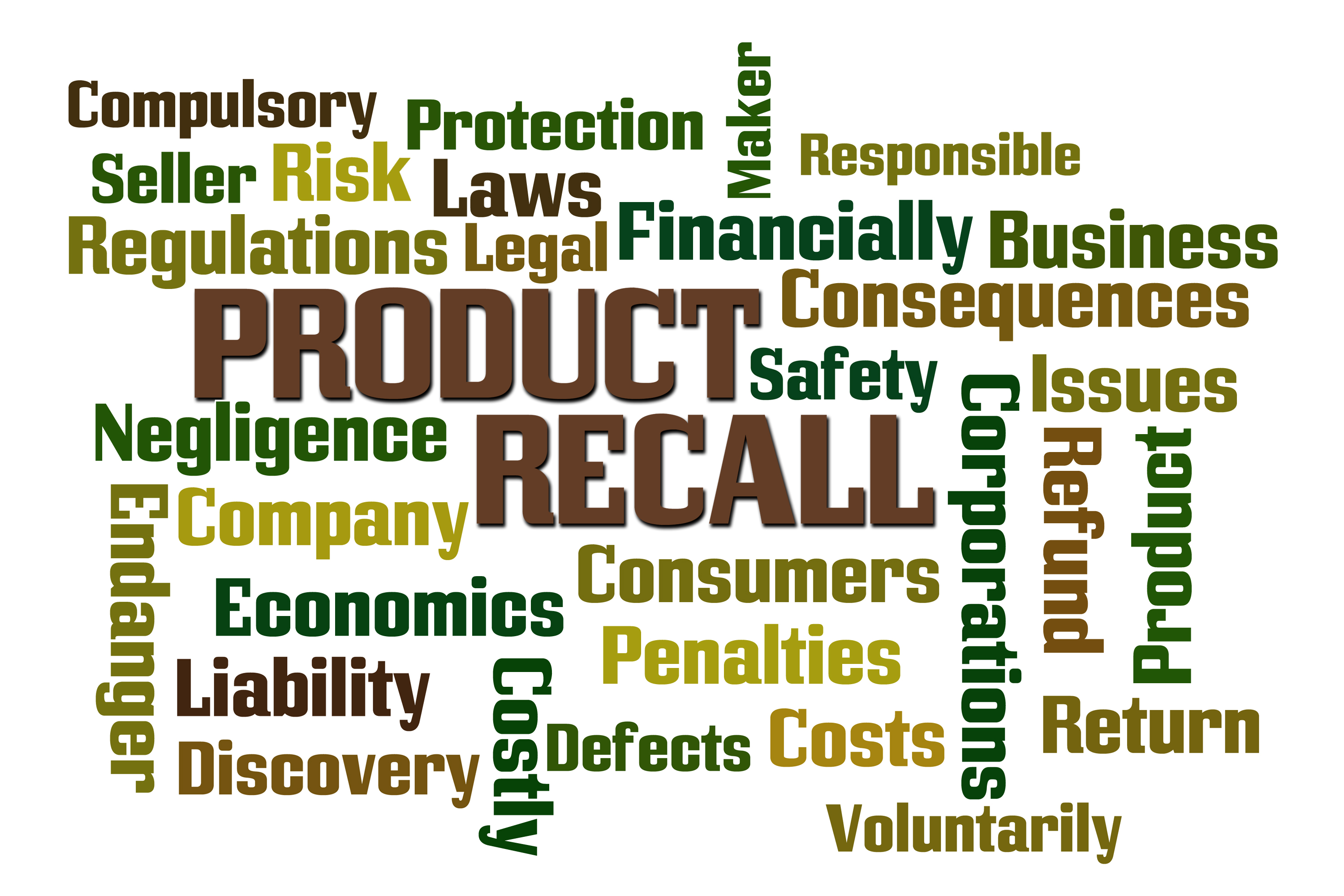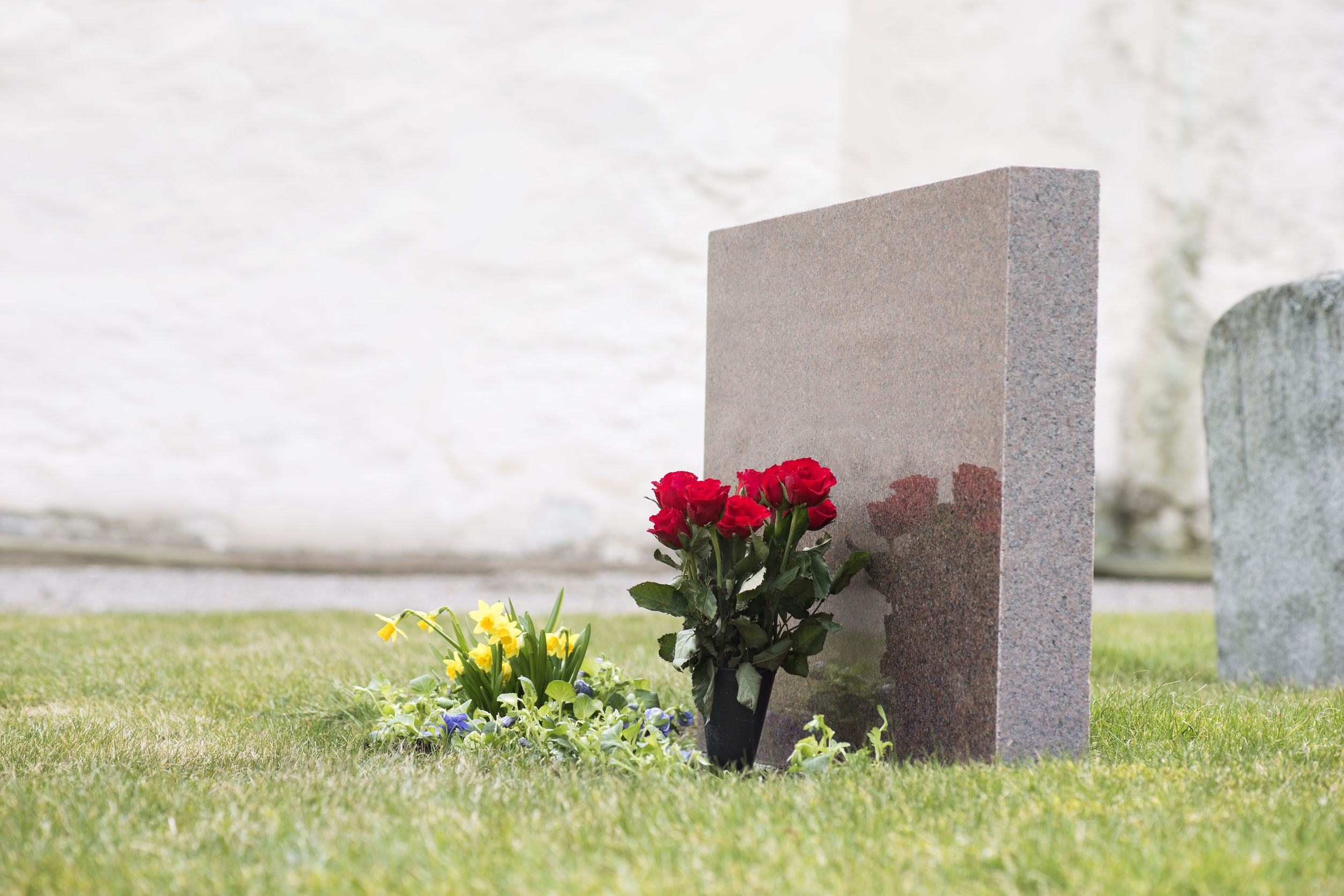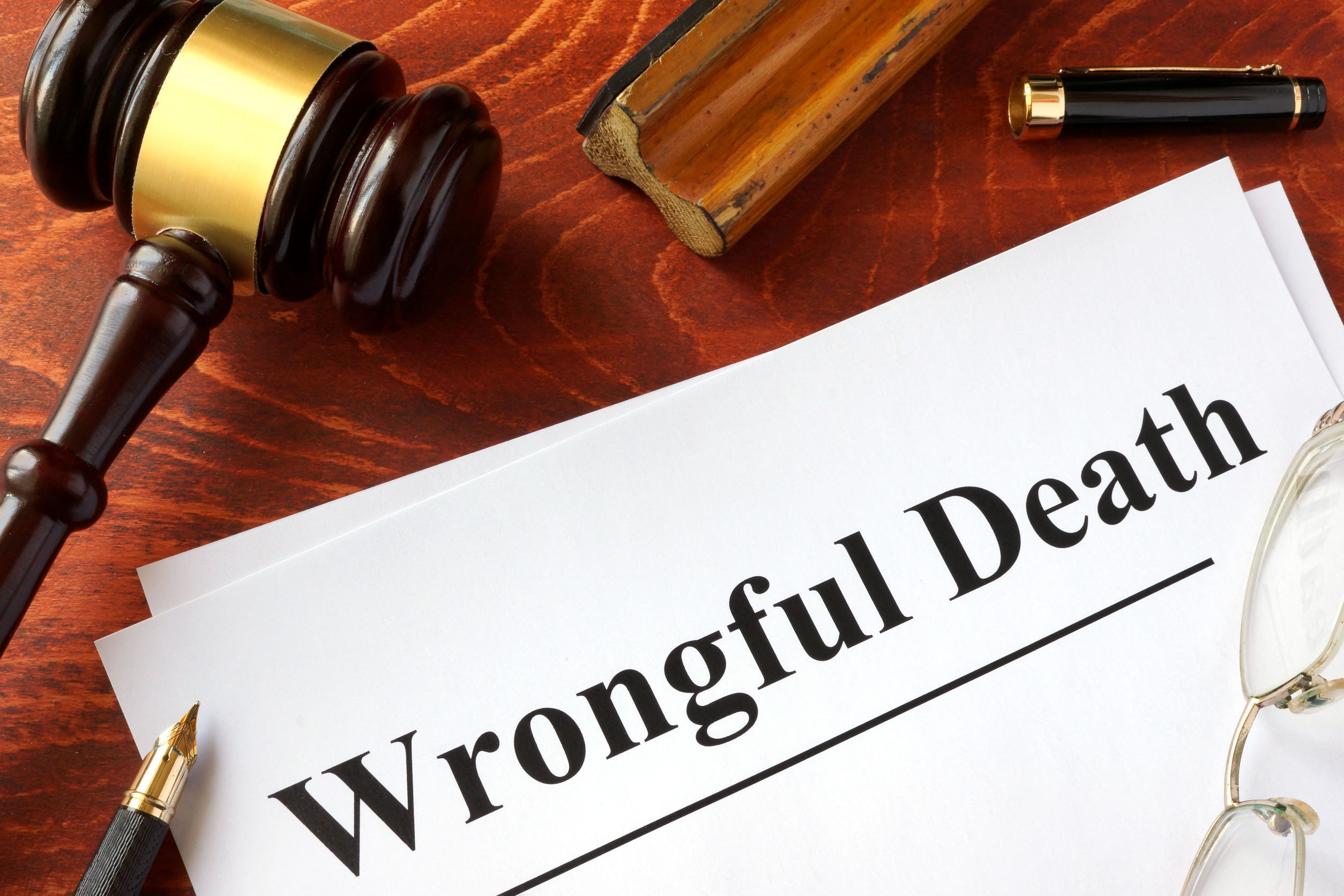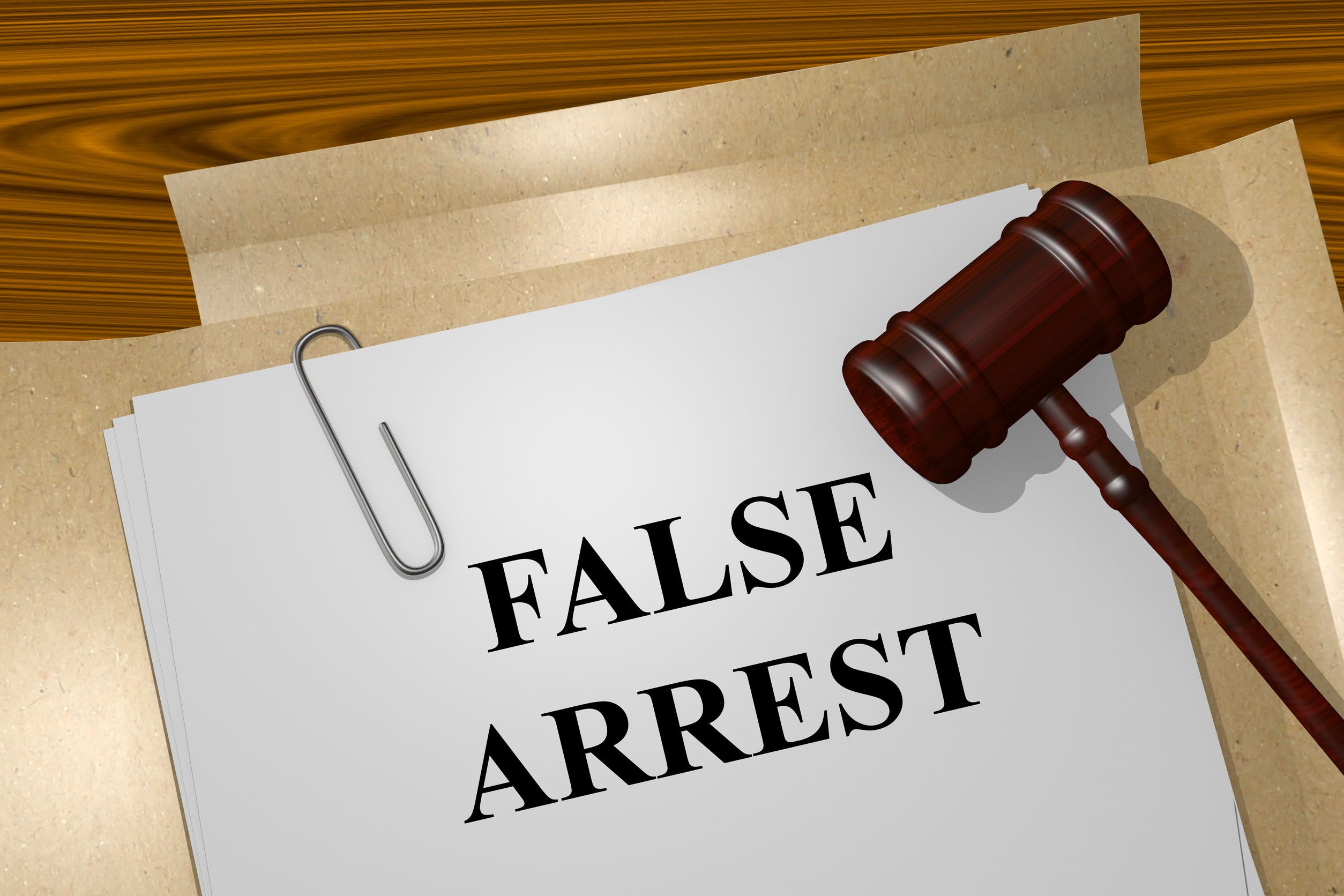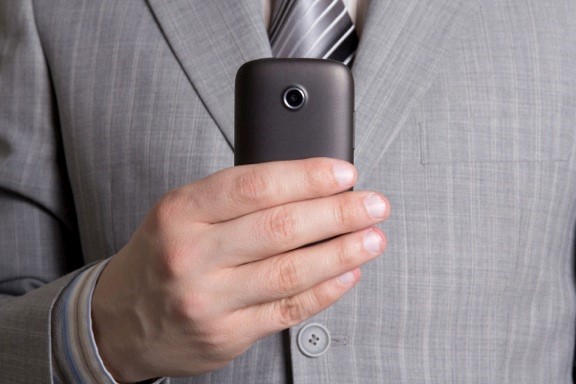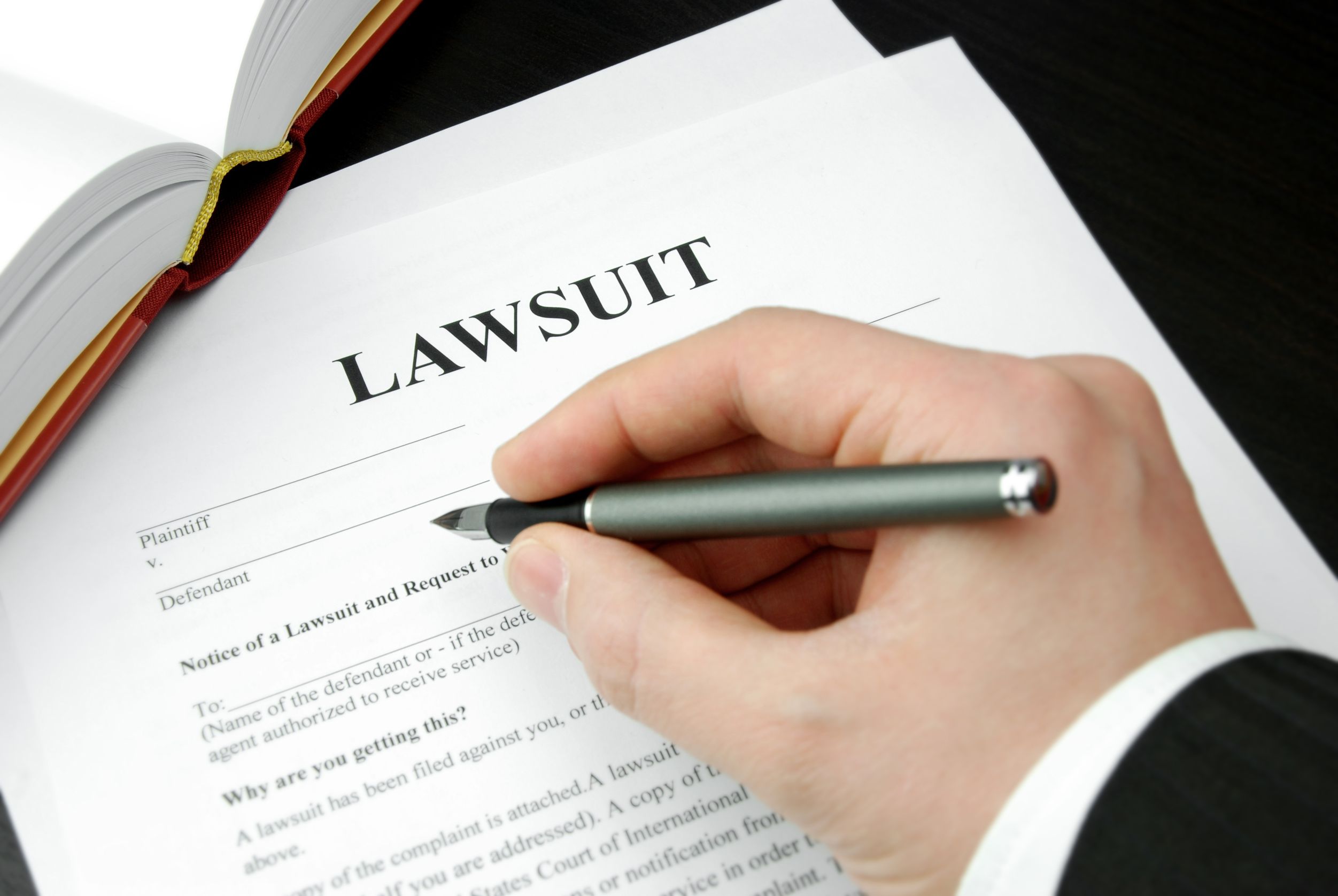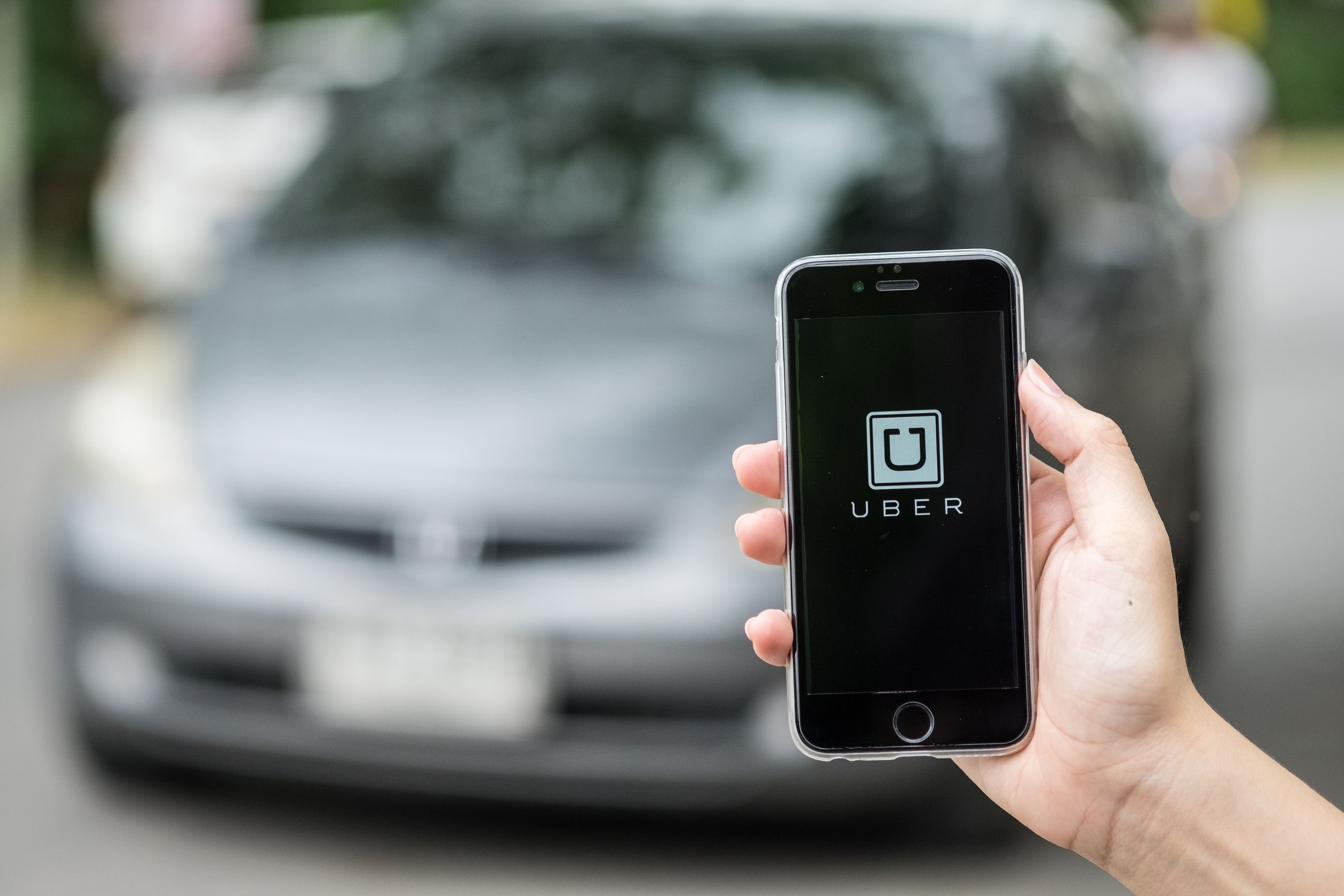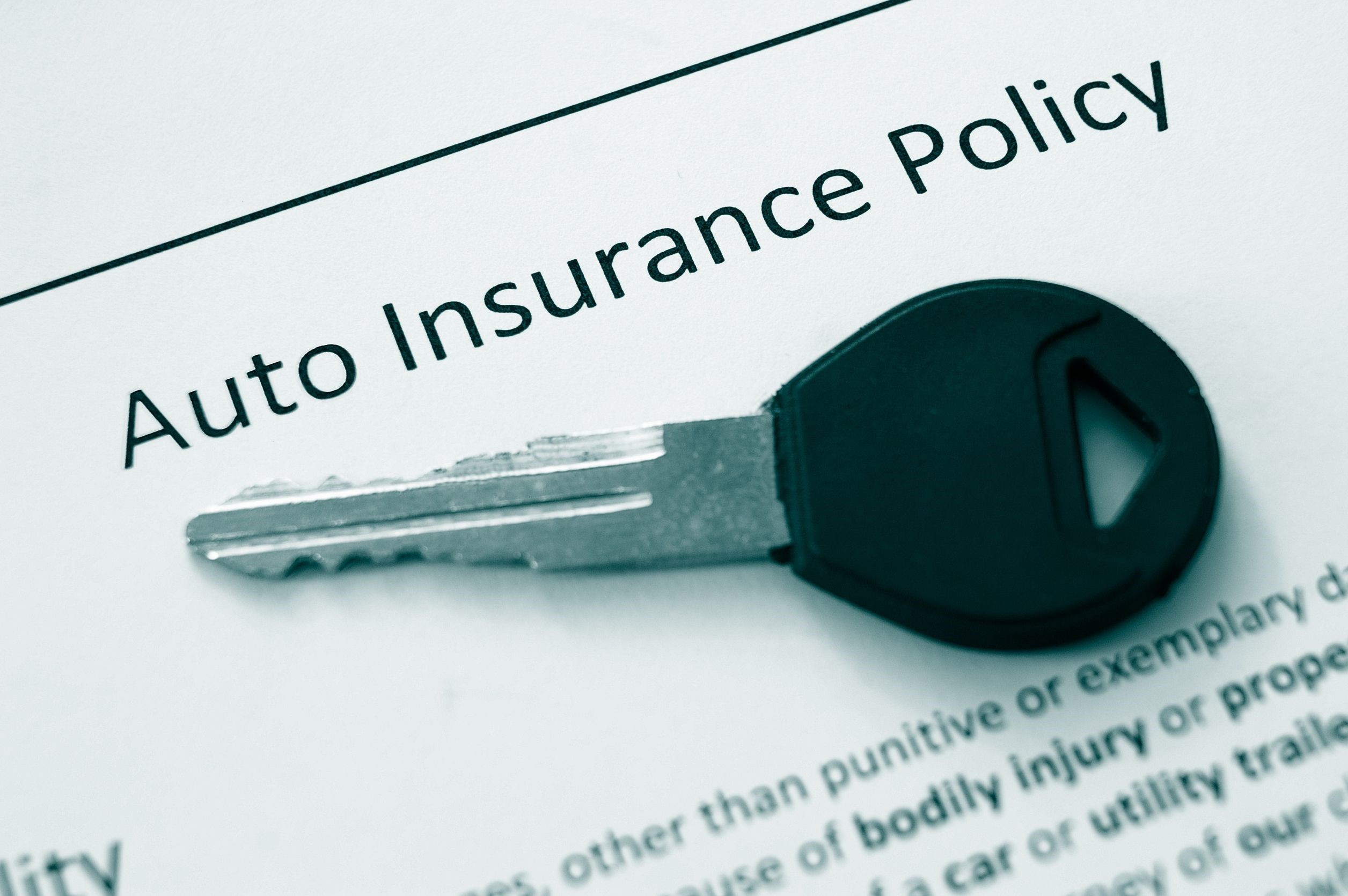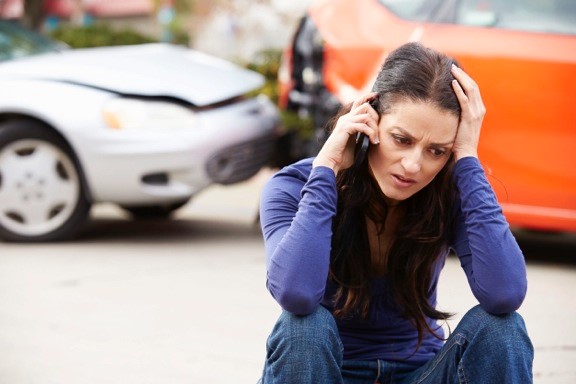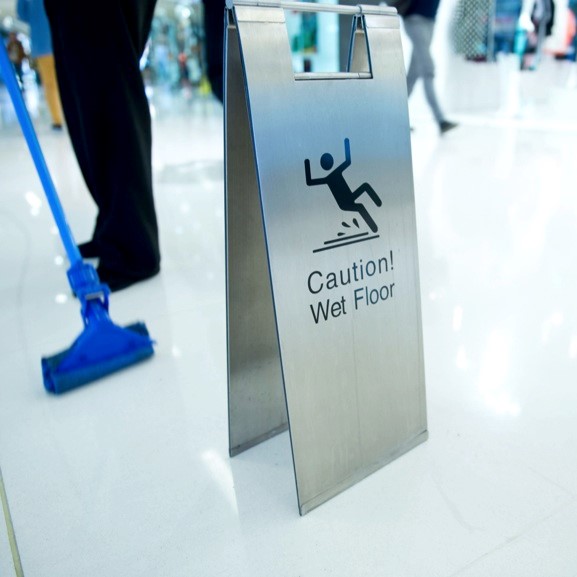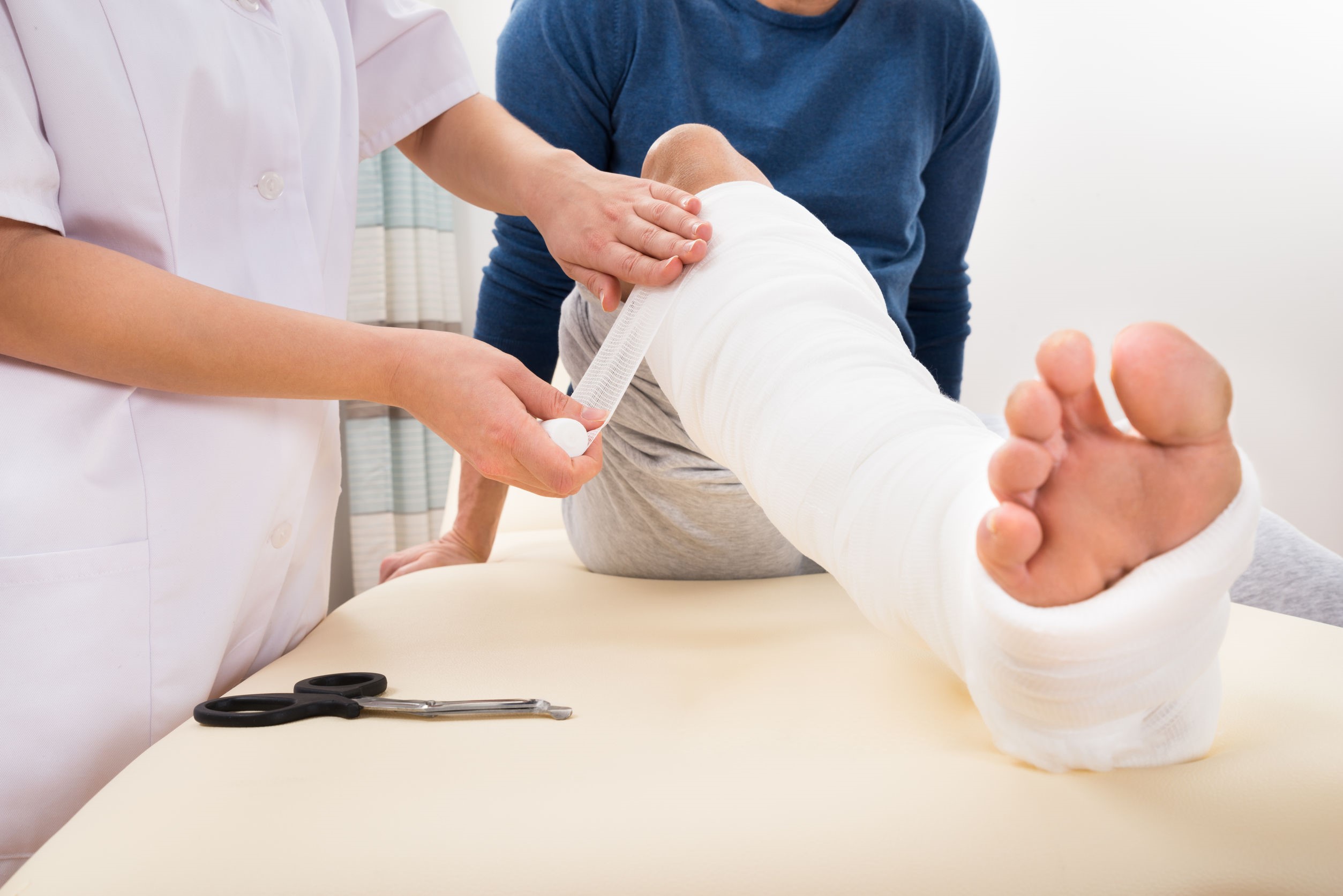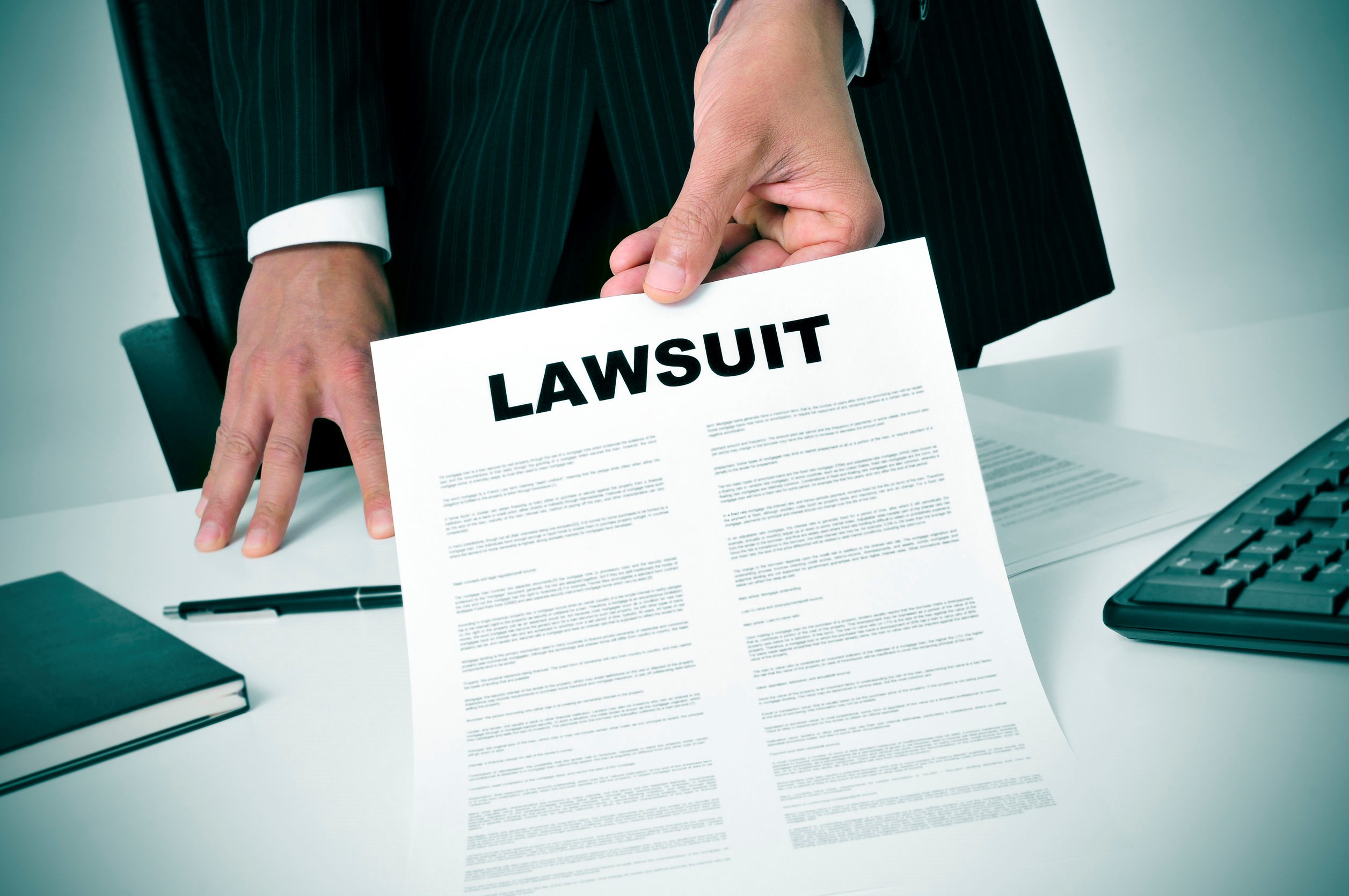Signs of Lead Poisoning and What to Do about It
Lead is a natural element that can be found all over the earth. However, it is toxic to humans – even in small quantities. One of the most common places to find lead is in paints.
These days, most paints do not contain lead because we know how dangerous it is. However, it is something that you may still find in older paint. Lead may even be present in dust that has been contaminated with lead particles.
Lead poisoning is a very serious condition and can affect adults, children, and even animals. Children are especially prone to lead poisoning because they tend to put a lot of things in their mouths. If you are a parent, try to ensure that your child does not play with toys that have lead paint on them and watch so that they do not put toys in their mouths as much as possible.
Usually, small amounts of lead will not cause significant harm to the body. However, if the amount of lead in the body accumulates, this is where lead poisoning occurs. It may take several years before lead poisoning occurs – but it can also happen in as little as a few months or even days.
If you are worried that you may be suffering from lead poisoning, how do you know?
Symptoms of Lead Poisoning
It is not very common for people to experience lead poisoning after only being exposed to it once. However, with repeated exposure, there are many symptoms that may occur to indicate that the body has been exposed to too much lead.
The symptoms that adults experience are usually different from the ones that will be observed in children. Some of the symptoms that adults may experience include:
- Headaches
- Constipation
- Fatigue
- Loss of memory
- Anemia
- Abdominal cramps
- Loss of appetite
- High blood pressure
Symptoms that are common in children include:
- Delay in growth
- Low grades in school
- Behavioral problems
- Hearing problems
- Learning difficulties (may be short-term or long-term)
- Low IQ
- Mental retardation that seems to be unexpected
If the quantity of lead in the body is extremely severe, more intense symptoms may be experienced. In fact, lead poisoning can be fatal if left untreated.
How Lead Poisoning Is Treated
Although you or a medical professional may suspect lead poisoning, there is only one way to confirm it – a blood test. This will determine exactly how much lead is in the blood and whether the levels have become toxic.
Once lead poisoning has been diagnosed, your physician will recommend that you get rid of the source of contamination. If the case is severe, you may have to undergo a procedure known as chelation therapy. This removes the lead from your body via urine. Activated charcoal may also be used to help eliminate the lead. However, some symptoms, especially those in children, may be irreversible.
How Can You Prevent Lead Poisoning?
There are many things you can do to prevent lead poisoning. Here are a few tips that you may find useful:
- Try to keep your home dust-free.
- Try not to purchase painted toys and canned items from foreign countries
- Avoid areas that have lead-based paint
- If you do not have a filtration system on your pipes, test your water regularly for lead.
- Make sure that your child is tested for lead poisoning, especially between the ages of 1 and 2.
If you or a loved one has been diagnosed with lead poisoning due to the negligence of another, you may be able to hold them liable and receive needed compensation. Learn what options are available to you by getting in touch with a knowledgeable New York personal injury who knows how to get you results as soon as possible.
How People Get Burned – and Who Can Be Held Accountable
Fires are serious business. Not only can they rack up lots of expenses related to property damage, they can cause severe burns, injuries – even death.
You’ve probably heard about the tragic London fire by now. Grenfell Tower – a 24-story public housing apartment building in the North Kensington section of West London – was destroyed by an early morning fire recently, killing at least 79 people according to news reports.
The fire is being called one London’s worst building fires in years. The commissioner of the London Fire Brigade, Dany Cotton, said, “In my 29 years of being a firefighter, I have never, ever seen anything of this scale.”
The residents of the 120 apartments in the tower say they have complained about fire hazards and inattention to the building for years. In 2013, residents experienced a number of scary power surges caused by faulty wiring. The building then underwent a lengthy renovation, which was completed in 2016 and included adding insulated aluminum cladding to the exterior. Experts say that this type of cladding has caused other high-rise fires in China and the United Arab Emirates.
The fire is devastating for everyone involved, especially those who lost loved ones and who are now displaced from their home. Apartment fires are not the only way that people can get burned, though. While the London incident is being thoroughly investigated, we want to take the time to talk about common ways that people suffer burn injuries and who might be liable if those burns are due to negligence.
Common Ways People Get Burned
We encounter numerous things every day that could potentially cause burns. The most common causes of burns include:
- This probably comes as no surprise. The number one cause of a burn is usually a fire. You could come into contact with fire from a lighter, candle, barbecue grill, gas stovetop, campfire, burning something in your yard or a variety of other situations.
- Steam or hot liquid. Cooking is another common cause of burns. Water boils at 100° Fahrenheit, so not only is the water itself hot, but the steam rising from the water is hot as well.
- Hot metal, glass and other objects. Remember when you heat something on the stove or in the microwave, the container gets hot too which can cause burns if it touches your skin.
- Electrical current. Electrical current – whether it’s for a light, a plug or something else that uses electricity – can cause burns if you’re not careful.
- Sunlight or UV light. The sun is one of the hottest objects in the universe, so it’s no surprise it can cause burns. UV lights used in tanning beds to simulate the sun can also cause burns.
- Certain acids, gasoline, lye, paint thinner and other strong chemicals can cause burns if they come into contact with your skin.
- Radiation from X-rays or cancer treatments can cause burns.
Types of Burns
There are three main types of burns named for their degree and severity of the burn injury.
- First-degree burns are the least severe burns and are usually called superficial burns since they affect the topmost layer of skin. They usually result in red skin that doesn’t blister.
- Second-degree burns are more severe than first-degree burns, affecting more than the top layer of skin, and tend to result in very red, sore skin with blisters, and some thickening of the skin.
- Third-degree burns are the most severe burns and affect all layers of the skin. They result in widespread thickening of the skin, which also has a white, waxy and leathery appearance.
Fourth-degree burns also exist. These types of burns are third-degree burns that go beyond the skin and into tendons and even bones.
The type of burn, however, isn’t based on the source of the burn. Depending on how hot the source is and how long it stays in contact with your skin, you can get first-, second-, or third-degree burns from any source.
First- and second-degree burns can often be treated at home unless the burn covers a large area on your face, hands, feet, groin, or buttocks. You should seek immediate emergency medical treatment for third-degree burns.
Is Someone Liable for My Burn?
Depending on the results of the London fire investigation, the residents of Grenfell Tower might be able to sue due to someone else’s negligence for burn injuries, wrongful death, and a variety of other reasons.
If you were burned due to someone else’s negligence, you might also be able to sue for physical and emotional pain and suffering for the burn injuries you sustained. The only way you’ll know if you’re entitled to compensation, though, is to contact an experienced New York City personal injury attorney.
A qualified attorney with proven results will investigate your incident to determine if someone else was at fault and then fight for your rights to get justice against those who have harmed you.
5 Common Reasons for New York Truck Accidents
Whether you’re walking, biking, or driving around New York in your car, it’s every commuter’s worst nightmare: looking up to see a giant truck barreling down on you with no way to escape. More than just about any other type of accident, commercial truck crashes are terrifying because they are almost always serious.
Take the recent case of Ellen M. Volpe, 45, of upstate Rochester. While travelling westbound on I-90, she was rear-ended by a Freightliner box truck and killed. As if that wasn’t tragic enough, the truck continued after hitting her car, striking other vehicles and sending at least one other victim to the hospital.
Why do trucks and truck drivers get into accidents? Below we detail five common reasons truck accidents tend to happen.
Why Truck Accidents Happen in New York
Lack of training. By and large, the men and women who drive commercial trucks in New York are excellent drivers who understand how to safely operate their vehicles and exhibit patience and skill. Unfortunately, that is not always the case. In order to safely operate a big rig, drivers must be properly trained on a variety of things, including:
- Driving technique
- Safety concerns unique to big trucks
- Defensive driving
If they do not receive adequate training before heading out onto our roads, bad things are more likely to happen. One of the first things your lawyer should investigate if you are injured by a tractor trailer driver is their record – including making sure they have received proper training.
Incentivized recklessness. Many trucking companies impose schedules on their drivers that eschew safety in the name of speed. This can manifest itself in a number of ways, including encouraging drivers to skip sleep periods, drive faster, or both. Sometimes companies use negative reinforcement, punishing drivers who aren’t fast enough. In other cases, they might reward those who are faster by providing them with additional compensation.
Regardless of how the specific system works in your case, it is vital that you hold the responsible parties accountable for their actions.
Truck driver recklessness. Even when the company doesn’t actively encourage unsafe behavior, sometimes, some drivers still act negligently. Speeding. Drinking and driving. Driving while distracted.
There are all kinds of ways that a truck driver might behave in a manner that is unsafe. If this behavior causes an accident in which you are hurt, you deserve compensation.
Defective parts. Just as in other types of motor vehicle accidents, truck crashes can be caused by mechanical parts that give out at the wrong time. If a part malfunction occurs because of a manufacturing defect, or if the trucking company failed to properly inspect the vehicle and realize that repairs were needed, you can fail a lawsuit against them to hold them accountable.
Other drivers. Many trucking accidents actually aren’t the fault of the truck or truck driver at all. What are they caused by? Car drivers. Most people know to give trucks a wider berth, avoid “No-Zones,” and so on, but sometimes they can do something that causes a truck to get into an accident.
If another driver forces a truck driver to react and you end up getting hit, the situation can be complicated. The best thing to do is to reach out to a knowledgeable New York truck accident lawyer who has had success handling these types of cases and will be able to look at the facts and help you understand your options.
3 Signs of Nursing Home Abuse New Yorkers Should Look For
When you place your aging loved ones in a nursing home, you do it because you believe that they need additional care and attention. You trust that those responsible for their care will act accordingly, treating them with dignity and respect and maintaining their wellbeing.
Unfortunately, sometimes what really occurs is that polar opposite of this.
Recently, a former nursing home worker was convicted for sexually abusing six residents who were suffering from brain injuries. Jack Stanley will face between 8 and 25 years in prison for the crimes he committed while working at the Northeast Center for Special Care in Lake Katrine in Ulster County. His sentencing will occur in July 2017.
The abuse occurred between July 2014 and February 2015 and Stanley was subsequently fired from his job and then arrested in July 2016. All six of the victims testified in the trial, according to Attorney General Eric Schneiderman.
Sadly, incidents like these are more common than you might think. The National Center on Elder Abuse (NCEA) reports that 7.6% of all long-term care residents have experienced abuse.
The NCEA defines elderly sexual abuse as “non-consensual sexual contact of any kind” or “coercing an elder to witness sexual behaviors.” This definition includes being forced to view pornographic material or being forced to watch sex acts, as well as experiencing inappropriate physical touching.
If your loved one is a resident of a long-term care facility, what can you do to protect them? It starts with paying attention.
How to Tell If Your Loved One Is Experiencing Nursing Home Abuse
Here are several signs to watch for and ways to get help if sexual abuse occurs.
Physical signs
Look for bloody clothing or sheets. You may see bruises on the breasts, groin, thighs, and buttocks. If a genital infection occurs, it may be a sign of sexually transmitted disease. An abuse victim may complain about psychosomatic disorders, like a stomachache or a headache, when the real problem is much worse.
Early reporting is crucial. One study said a report filed within three days of the incident, along with substantiated evidence of abuse, led to higher conviction rates. Visit your loved one frequently, stay alert, and don’t hesitate to report abuse to authorities at the first signs.
Emotional signs
Long-term care residents may show several emotional signs if they’ve faced any kind of abuse. Watch for new anxiety and fear. Also look for crying spells, statements of low self-esteem, and other signs of depression. You may also notice an increase in aggressive and defensive behavior, depending on your loved one’s personality.
Talk with your loved one. Try to get to the root of their feelings. Be patient, as they may feel embarrassed and ashamed. They may fear that their care, medicine, or food will be withheld if they speak up. Look for any changes in normal patterns, and trust your gut instinct. Again, don’t wait to report any unusual behavior to trusted authorities.
Social signs
If your normally social loved one suddenly wants to be alone, this may be a sign that abuse has occurred. You may notice an abrupt change in regular behavior, such as resistance against being touched and an unwillingness to communicate. They may show unusual fears around a fellow resident or employee, who may have been their perpetrator.
You must get to the heart of the problem with your loved one if they’ve been abused. If they resist talking with you about the problem, find a doctor or mental health professional who can help them. It’s crucial to get them the help they need as soon as possible after abuse has happened.
Understand How Abuse Happens and What to Do about It
Women residents are more likely than men to be sexually abused. Residents with impaired mental ability due to stroke, injury, or dementia are also more likely to be targeted. Elderly people living in social isolation are also more frequent victims of sexual abuse.
Abuse may come from fellow residents or facility employees. It may also happen from another family member or acquaintance. You must be alert to everyone who is in contact with your loved one.
Visiting your loved one often will cue you to sudden changes in their emotions and behavior. Pay attention to the other residents and to the workers at the long-term care facility. If you notice any unusual behavior, you may need to rethink your loved one’s placement at that facility and make other arrangements.
Remember: do not delay. It’s important to contact officials as soon as possible. Call the police and medical professionals to file a report. You can also ask Adult Protective Services for help if your loved one lives outside a facility and a long-term care ombudsman if they live within a facility. A New York elder abuse lawyer can also be a lifeline when you find yourself in this type of situation, both in terms of helping get your loved one to safety and in making sure those responsible are held accountable.
Construction Worker Falls 30 Feet Down a Shaft When Wood Platform Collapses
Construction work is by its very nature dangerous. Doing it in New York City is particularly difficult due to the volume of work, tight schedules and nature of big city construction. These factors are why there are many safety rules and regulations as well as special legal protections for construction workers who perform their jobs from a height, i.e., while standing on scaffolds, ladders and raised platforms.
My client was an experienced union insulator worker during the construction phase of the new Staten Island Courthouse. He was working on the top floor assessing whether some wood planks over a ventilation shaft could be removed for use in another ventilation shaft. While standing on the wood plank platform, two of the boards suddenly wobbled and collapsed sending him down the open shaft. In a split second he was able to turn is body in a manner where he would fall 30 feet down onto an angle iron instead of falling the entire 100 feet depth of the shaft. He was very seriously injured, but survived.
He claimed that the area of shaft where he entered had no barricade. He also testified that he was looking for a place to tie off his safety lanyard but found no such tie off hooks or posts while standing on the planks. There were also no railings around the wood platform.
The lawsuit alleged numerous safety violations by the owners and contractors responsible for worksite safety. The parties sued claimed that they were not responsible and it was all the fault of my client.
After years of investigation, multiple depositions, exchange of hundreds of pages of documents and applications by the parties being sued to dismiss the case, the matter was ready for trial. Numerous settlement mediations failed within the year before trial. I fully prepared this complex case for trial against multiple defendants. With the trial clock ticking away, five days before jury selection the case settled for a very substantial sum of money.
The labor law is complicated despite certain special protections afforded to construction workers. What may sound like a simple set of facts, a 30 foot fall from a platform, was anything but simple. The parties disputed every one of my clients claims and produced their own employees who attempted to contradict his testimony and the testimony of his co-workers. There was no other road to take other than intense trial preparations to let the other side know we were ready for the upcoming jury trial. Justice is rarely found on a straight path. That’s why it’s called an adversarial system. The other side also fights tooth and nail. Never think the path to success in litigation is easy. That’s why an experienced trial attorney is so important when you bring a lawsuit. The other side needs to know you are willing to go to trial if necessary
To find out more information about construction site cases, please call me toll free at: (877) CALL-LAW® (225-5529) or (212) 714-0988. Also you may request a copy of my special report entitled “If You Are Injured at a Construction Site in New York… 10 Things You Need to Know”.
More Kids Being Injured by Defective Products
As a parent, your number one priority is keeping your kids safe. It’s why you go over safety rules with them over and over. Why you closely research childcare workers, institutions, and possibly even the families of their friends before entrusting them with their care. Why you buy – and force them to use – safety equipment when engaging in any kind of potentially dangerous activity.
Unfortunately, according to the latest report from Kids In Danger (KID), the companies that make products aimed at children are not holding up their end of the bargain. In fact, if their findings are correct, these companies are actually getting worse.
What Does the Latest KID Report Say?
The bottom line is that children’s product manufacturers are not doing enough to prevent product defects, not acting quickly enough to recall products once problems are discovered, and not making enough of an effort to ensure that their recalls are effective.
The “report card” breaks the “grades” down into six areas: number of recalls, number of incidents, number of injuries, number of fatalities, use of social media, and recall effectiveness. Let’s look at each one:
Recalls.
Companies received a C. Recalls were up by 12% year-over-year in 2016, with a 1000% increase in actual units recalled. Companies with more than one recall in 2016 included IKEA, Pacific Cycle, and Tommee Tippee.
Incidents.
Companies received a C-. Why the poor grade? The headliner here is that people had to file an average of 64 reports detailing problems before manufacturers issued a recall. That means dozens of people had to deal with defects before companies acted to pull their product and protect people.
Injuries.
Companies received a C. There were 76 children’s products recalled in 2016. People reported suffering injuries before the recall for a quarter of all of those products. Could companies have prevented injuries by acting to recall products faster? Perhaps.
Moreover, the 394 total injuries from children’s products represented a tenfold increase from 2015, though over half of that number is due to Pacific Cycle’s defective strollers.
Fatalities.
Companies received a D. Seven people died. All deaths were due to IKEA’s faulty dressers and chests tipping over onto them. All but one death happened before the recall was issued.
Social media.
Companies received a B, the best grade in the report. One of the simplest and most effective ways for businesses to tell consumers about recalls is to do so using their social media accounts. Sixty percent of companies with a Facebook account posted about their recalls in 2016, up 16% from 2014.
Effectiveness.
Companies received a D. Why? Largely because it’s hard to tell how effective recalls are. Because most businesses have made few efforts to track recalls or provide tracking information to the public so it can be evaluated.
Basically, even when companies institute a recall, we don’t really know how well they work.
How Can You Protect Your Child and Fight Back If They Are Hurt?
Before purchasing a product for your child, there are a couple of things that you should do:
Check out recalls.
Several places offer updated recall lists – both for products overall and specifically for children’s products. Recalls.gov and the Consumer Product Safety Commission sites are two great places for general product recall lists. Safe Kids is a good one for child-specific product recalls.
Search for reviews.
Remember, in 2016, it took an average of 64 reports before a recall was issued. That means 64 people noticed a problem before the company did anything about it.
Because of this, the next step you should take after seeing if the item you want is on the recall list is to read reviews from actual people. Thankfully, this is easier than ever with sites like Amazon and others, and you can bet that regular people are going to let you know about problems a lot faster than the businesses that made those problems or even other reporting agencies. Basically, they’re the first line of defense.
Don’t be an early adopter.
New products are far more likely to suffer from defects than things that have been out for months or years. If you want to be safer, don’t be the first one on your block to get the newest gadgets or toys. Give it some time, and see if others report issues before jumping in.
What should you do if your child is harmed by a product defect despite your best efforts? Talk to a knowledgeable New York defective product liability attorney with a track record of success. Such an attorney will be able to look over the specifics of your case and let you know what options are available and what you can do to fight for compensation.
5 FAQs about Wrongful Death Cases in New York
Losing someone who did not have to die is heartbreaking. Losing them due to something like medical malpractice, a preventable work injury or a fatal car accident caused by another’s negligence is even worse.
If your loved one died at the hands of someone else’s negligence, you may be able to sue them for compensation with a wrongful death claim. Doing this isn’t about getting paid for the death of your family member. It’s about you and your surviving loved ones lessening the financial burden that a loss like this can bring. It’s about holding the responsible parties accountable. It’s about shining a spotlight on bad behaviors and practices so that they are less likely to happen again to someone else.
So, how exactly do wrongful death claims work in New York?
Answers to Common Questions about New York Wrongful Death Suits
When Can You File a Claim for Wrongful Death?
If persons are injured due to someone else’s negligence, medical costs can pile up quickly and they may suffer other financial losses as well. Legally, they may take the negligent party to court to compensate them for the damages that they have endured.
When the injured person dies, though, obviously that is not possible. To account for this, our state has created a system whereby the deceased’s financial losses are calculated based on such losses of the spouse or children. This allows an executor/trix or administrator/trix to file a wrongful death suit to compensate the surviving spouse for pecuniary loss, i.e., loss of future earnings and loss of guidance (on behalf of the children). If there was conscious pain and suffering before death as a result of negligence that is compensable as well.
How Do You Win a Wrongful Death Claim?
In order to win a wrongful death lawsuit, New York law says that you must prove the following:
- The death itself
- That the death was caused by the defendant’s wrongful conduct
- That at least one family member has suffered financial damages or loss of guidance due to the victim’s death.
Who Can File a Claim?
When someone dies, their executor/trix (if there is a will) or administrator/trix (if there is no will) has to take over the person’s estate. Only the executor/trix can file a wrongful death claim.
If the suit results in any compensation, the executor/trix or adminstrator/trix then must distribute monies to eligible beneficiaries. New York law determines how the award is distributed.
Who Gets The Award After a Wrongful Death Lawsuit?
Wrongful death damages are a very complicated legal area. This is especially true when there is a claim of both wrongful death and conscious pain and suffering before death. A court will make an application of the applicable state statutes under the Estates, Powers and Trusts Laws as well as case law. There is nothing black and white when it comes to wrongful death law since a wrongful death settlement must be approved by court before the settlement can be finalized.
What Damages Can You Sue For?
Death impacts a family and an estate in more ways than just leftover medical bills and funeral expenses. When a plaintiff is deciding how much in damages they will ask for, they should consider the following:
- Funeral/burial expenses
- Medical bills and healthcare expenses related to the victim’s death
- Wages lost between the time of the initial injury and the victim’s death
- Future wages lost due to the victim’s early death
- Value of parental guidance offered to surviving children
When Can You File a Wrongful Death Claim?
Generally speaking, the executor/trix or administrator/trix has two years from the date of the victim’s death to file a wrongful death claim. As with all statues of limitations, there may be exceptions based on the facts and circumstances of the case so this is not a rule that can necessarily be applied to a particular case under a specific fact pattern.
Every situation is different. If you would like more information about wrongful death lawsuits, the best thing to do is talk to a New York wrongful death lawyer about your specific circumstances.
How a False Arrest in New York Can Cost You Thousands
No one expects to get arrested, but if you haven’t actually committed a crime, suddenly finding yourself in handcuffs can seem like a horrible and surreal.
Even if you ultimately end up beating your charges and proving a false arrest, it’s something that never should have happened in the first place. Moreover, depending on how quickly you are able to convince those in the New York criminal justice system of their error, going through the criminal process (being booked, hiring a lawyer, attending hearings, defending your reputation, and so on) can take lots of time and money.
Take the case of journalist Daryl M. Khan.
Journalist in Courthouse Wrongfully Arrested for Taking Video of Officers
In June, Mr. Khan was covering the conclusion of a story he had been working on for over two years – the sentencing hearing for two rival gangs in Harlem. He told reporters that his story was about what violence does to families.
Khan took out his cell phone in the courthouse hallway to take a brief video of officers leaving the courtroom with a pregnant woman who was apparently under much distress. The video lasted 28 seconds… and then he was arrested.
This arrest was more than just a calm reading of his Miranda rights. In fact, Khan claims he was never read his rights at all, and officers also refused to answer when he asked – multiple times – if he was under arrest.
The officers allegedly grabbed him, handcuffed him, and forced him out of the hallway and into a jail cell. Khan was told that he had to delete the video or he would face felony charges. He was detained for several hours and wound up with a disorderly conduct charge.
It wasn’t until four months later, in October, that the charge against Khan was finally dropped. Mr. Kahn alleged that he was calm and complied with the officers, even showing the video – but refusing to delete it.
Bottom line: the arrest, according to Mr. Khan’s allegations, never should have happened and the officers carried out alleged multiple unlawful practices.
Because of this, Khan is now suing for false arrest and malicious prosecution and asking for compensation.
How do false arrest lawsuits work?
Understanding False Arrest Lawsuits
A false arrest is the act of unlawfully detaining another person. Law enforcement officers commit false arrest when they have no probable cause to arrest a person, but do so anyway.
When law enforcement falsely arrests someone they are working outside of their power or without authority. Filing a false arrest law suit is a way to hold them accountable for their actions, but in order to win you will need to prove both that a false arrest occurred, i.e., no probable cause for the arrest, and that you suffered damages due to that arrest.
What kinds of damages?
As mentioned above, a false arrest can cost you lots of time and money. When you are arrested or detained, you may not just be behind bars for a few hours or a few days. You may miss time at work.
If these damages occur due to an officer acting unlawfully while performing his/her job, it is your right to hold him/her accountable and receive compensation for the damages you incur which the law determines are compensable.
If you want to bring a false arrest claim, your damages will generally come from two things:
- Loss of liberty – your unlawful time in jail
- Pain and suffering – if any occurred.
Even if you are not physically assaulted by officers during your false arrest (that would be a separate action for police brutality), the incident may be traumatic and you have a right to sue for damages suffered if provable.
Unlawfully Arrested? Talk to a New York Personal Injury Lawyer
Mr. Khan alleged that the officers who arrested him were clearly in the wrong when they detained him, but false arrest cases aren’t always so obvious.
If you think you have a case, your first step is to consult with a personal injury lawyer. A knowledgeable false arrest attorney can walk you through your options, possible outcomes and whether or not you have a case to bring to court.
What If I Get Hurt in an Accident with an Uber or Lyft in NYC?
Whether parking is too expensive, you’re going out for a night of drinking, or you just don’t want to take the subway, there are lots of reasons to be thankful for rideshare apps like Uber and Lyft.
However, even though consumers have quickly made these apps household names, the logistics of how Uber, Lyft, and other rideshare apps work as transportation businesses are still being worked out. Cities have specific guidelines for taxi and limousine drivers that Lyft and Uber were able to avoid as they were gaining popularity. Now, New York Uber and Lyft drivers need to obtain a TLC license, but there are still some a number of complications. One of the biggest ones? The issue of insurance and what happens when a rideshare vehicle is involved in an accident.
On New Year’s Eve in 2013, a 6-year old pedestrian was killed by an Uber driver who was between fares. The lawsuit that ensued led to Uber creating a $1 million insurance policy that promised riders that they would be covered in case of an accident. Lyft quickly followed suit with a similar insurance policy.
Uber’s $1 million promise is nice, but there are still many questions surrounding what happens if you are involved in a rideshare auto accident. When does this insurance apply? What options do rideshare drivers have if they are in an accident between rides? What exactly does the insurance cover? How does New York’s no-fault insurance play in to the proceedings?
Below, we’re going to try to answer some of these questions.
Understanding How Accidents Involving Rideshare Vehicles Work
If you are a driver, passenger, cyclist, or pedestrian who suffers medical or economic damages due to an auto accident in New York, you qualify to receive up to $50,000 in medical bills/lost wages compensation through our state’s no-fault laws.
These laws, however, do not cover things such as pain and suffering. That requires you to file a separate bodily injury claim.
In order to receive either type of compensation, you will need to file a claim and battle insurers.
Who pays? It depends on whether you were a driver, passenger or pedestrian.
For Rideshare Drivers
Before you sign on to be an Uber driver in New York, you will have to get a specific TLC license as well as commercial insurance. Uber and Lyft drivers are independent contractors so it is important for drivers to be transparent with their insurance coverage and know what will be covered in case of an accident while driving for Uber or Lyft.
The insurance policy for Uber drivers is determined based on what the driver is doing when he/she gets into an accident. If the driver is in an accident while the app is turned off and the driver is not working, he/she will likely have to rely on personal insurance. This may also apply if the Uber app is on, but the driver hasn’t accepted any rides yet. If, for example, a passenger has just left the car and at the next red light the driver gets in an accident, the driver may have to rely on their personal insurance.
If the driver is on the way to pick up a passenger, they may need to use their personal insurance policy first though Uber does offers additional contingent liability coverage.
Lyft claims that it goes even further, offering an insurance policy if the driver has the app open but hasn’t yet matched with a passenger.
If an Uber driver is carrying passengers or a Lyft driver has accepted a ride, the $1 million insurance policy allegedly applies. Lyft drivers, however, still have to make a claim with their own personal insurance coverage before relying on the company’s $1 million coverage.
All of the above is subject to legal interpretation and is not at all black and white.
For Rideshare Passengers
Since the passenger is already in the car, the $1 million insurance coverage may apply. Even if you are comfortable with the coverage that you are offered, you should still treat the accident like any other. Get pictures of the damage and gather any witness testimony from pedestrians or drivers who saw the accident happen. Collect the names and license plate numbers of any involved drivers as well – including yours. You may be called as a witness to the case, so be ready to share your version of what happened.
For Pedestrians
If you are hit by a rideshare driver while walking, you may have to rely on the three-tier insurance structure of the company. Depending on the driver’s status, you may be able to file a claim with Uber or with the driver’s personal insurance.
As with passengers, it is crucial to get all of the important information about the car, the driver, and anything that could help you prove the driver’s negligence if you need to go to court. As stated above, there may be varying legal interpretations and it is not at all black and white.
For Other Drivers
Treat this as you would any other accident with another driver. Depending on the court’s or jury’s interpretation of the status of the rideshare driver at the time of the crash, you may end up going through the rideshare driver’s personal insurance or through the insurer for the rideshare company.
If You Have Been Involved in an Auto Accident
Before you hitch a ride with an Uber or Lyft, know what you are getting yourself into. Be aware when you are riding as a passenger and hold drivers accountable for adhering to the rules of the road.
Even though Uber and Lyft allegedly promise compensation after an accident, initially trying to get the money from these companies is not at all as easy as it seems and every situation is different. The interpretation of the law is usually a gray area. If you are in an auto accident and need guidance filing your claim and dealing with the insurance companies, reach out to a New York personal injury lawyer.
5 Serious Injuries That New Yorkers Can Get From a Slip and Fall
Every now and again, you see headlines about people who win millions of dollars in damages after a slip and fall. Just this past June, an appeals court ordered that a $16 million dollar jury verdict be reduced to $5 million dollars (or the case would be re-tried) after a New York woman was seriously injured after slipping and falling in a subway station.
If you have never suffered a serious slip and fall yourself or know anyone who has, these headlines about millions of dollars for a slip and fall may seem strange to you.
When you look deeper into these cases, however, you may change your tune. The woman who filed the lawsuit was a 71-year old Bronx grandmother. When she fell down the stairs of the Graham Avenue L train station, she sustained a traumatic brain injury and a post-traumatic seizure disorder.
Think about the catastrophe of a lifetime of seizure disorder, brain damage and loss of enjoyment of life forever. After considering that, $5 million may seem like appropriate compensation.
Types of Serious Slip and Fall Injuries
The reality of slip and fall lawsuits is that a seemingly simple fall can lead to serious injuries.
Knee and Shoulder Tears – Many slip and fall injuries result in tears to parts of the knees and shoulders. Surgeries are often the treatment to repair the tears. These injuries for slip and falls can result in permanent injuries, lost wages and inability to participate in physical activities.
Fractures – If your bones take on the impact of your fall, you could face a fracture. While slip and fall injuries have caused many different types of fractures, hip fractures tend to be the most serious, especially in the elderly. Hip fractures can lead to death due to complications in some elderly people and are some of the most debilitating fractures. A majority of elderly adults cannot live independently or work after a hip fracture. The costs of elder care and loss of independence may be considered in a slip and fall lawsuit.
Paralysis – Landing on the spinal cord can put you in a very serious situation. Spinal cord injuries can wreak havoc on your nervous system, and can lead to paralysis. If your lower back is affected by your slip and fall, you may face consequences from mild symptoms up to catastrophic paralysis of the lower limbs. If you are seriously injured on certain parts of the spinal cord, you could become quadriplegic. Disabling slip and fall injuries can lead to permanent pain and suffering as well as astronomical medical bills.
Traumatic Brain Injury – Landing on your head can also be very serious. Your head could slam onto the ground from a standing position due to the suddenness of an unexpected fall. Victims may suffer from a concussion or even a traumatic brain injury. Traumatic brain injuries can have lifelong effects.
Death – Some of these accidents are fatal. Many people die each year from slip and fall accidents. Some are elderly people, but not always. A death from a slip and fall may result in a wrongful death lawsuit that covers loss of economic support, loss of parental guidance and conscious pain and suffering leading up to death.
Taking Action after a Slip and Fall
If you sustain serious injuries from a slip and fall and a negligent building owner, tenant, maintenance company or another responsible company or individual caused the fall, you deserve to take action and seek compensation. Slip and fall accidents are referred to as a premises liability case and are one of the most common types of personal injury cases. The suit is usually brought against the owner, tenant, managing agent, repair company, contractor or other responsible company or entity of the premises accountable for the damage that was done to the victim.
For example, if a victim slipped and fell on spilled juice at a grocery store that was on the floor for some time and wasn’t cleaned up, the suit would be for negligence in not keeping the floor safe for shoppers. If the employees had cleaned up the spill, then the injured victim would not have suffered a slip and fall and would not be seeking financial damages today.
These cases are brought to can get you the compensation that you need, but they are rarely cut and dry. In the above example, the injured party may not win the case if he/she cannot prove that the store employees were aware or should have reasonably been aware of the spill.
If you have been injured by a slip and fall, and would like to file a lawsuit and get compensation for your injuries, talk to a New York personal injury lawyer today.
This website contains “Attorney Advertising.” It is designed for general information only and should not be construed to be formal legal advice. Prior results cannot and do not guarantee a similar outcome. Please contact us by telephone or email. Be advised that using any method of communication to contact us does not create an attorney – client relationship. In order for this office to represent you, we must enter into a written retainer agreement. Simply contacting us does not create an attorney-client relationship. Please do not send any confidential information to this office until after a signed retainer has been entered into by you and this office.
